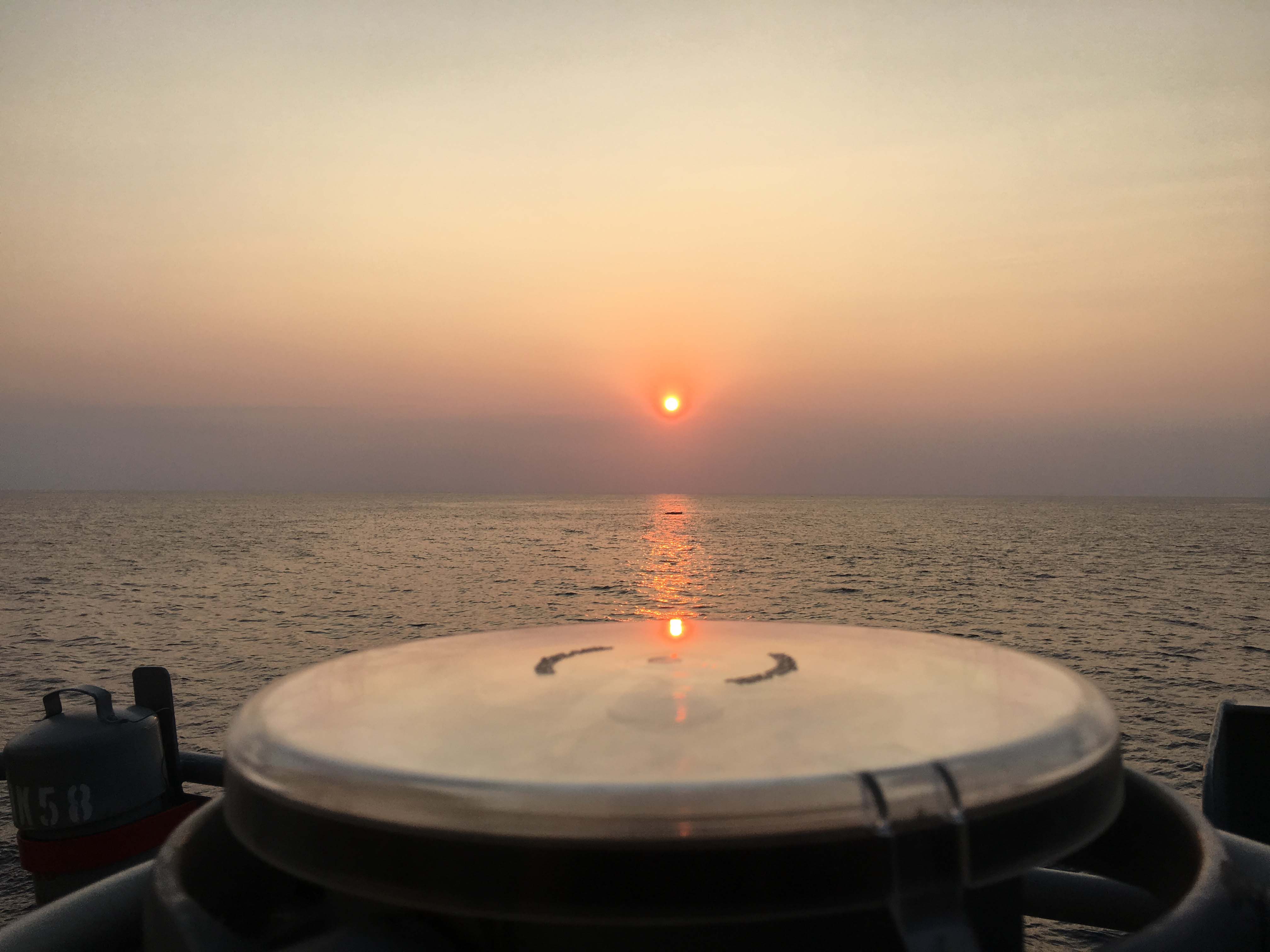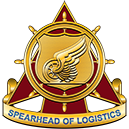Training Today for Tomorrow's Mission

Mission
The Maritime and Intermodal Training Department provides maritime operations and engineering, cargo handling, and rail/locomotive training employing instructional and facilitated classroom, hands-on, simulations and live equipment training techniques and capabilities. Executes Initial Military Training, Professional Military Education, and specialized functional certification and training for Army Enlisted, Warrant Officer, Civilian personnel, joint services uniformed and civilian members, and partner nations personnel with 27 programs of instruction providing the operational force with trained and ready personnel.
With the success of each graduate, we wish to enrich our transportation community through a high standard of training in academia and hands on evaluations. Our training requirements will remain challenging and consistent, molding efficient maritime and ground transportation Soldiers.

The Maritime Training Division (MTD) consists of three branches, the Maritime Operations Branch, Maritime Engineering Branch, and Maritime Simulations Branch which, also manages the MITD credentialing program. Combined, the three branches provide maritime operations, engineering, and simulations training for Initial Entry Training students (IET), Non-Commissioned Officers, Warrant Officers, and personnel from other services and USG organizations. MTD also partners with Military Sealift Command (MSC) sharing and providing training facilities and resources. Multiple MTD lessons comply with US Coast Guard (USCG) Standards of Training, Certification and Watchkeeping (STCW) requirements, which facilitates USCG credentialing for students.

The Cargo Handling Division provides the highest quality technical, tactical, and certification training to Active Duty, Reserve Component, Department of the Army Civilians, and Federal Contractors. Training covers a variety of skill sets from basic cargo handling utilizing simulations and military handling equipment to the planning and execution of an array of logistics evolutions.
